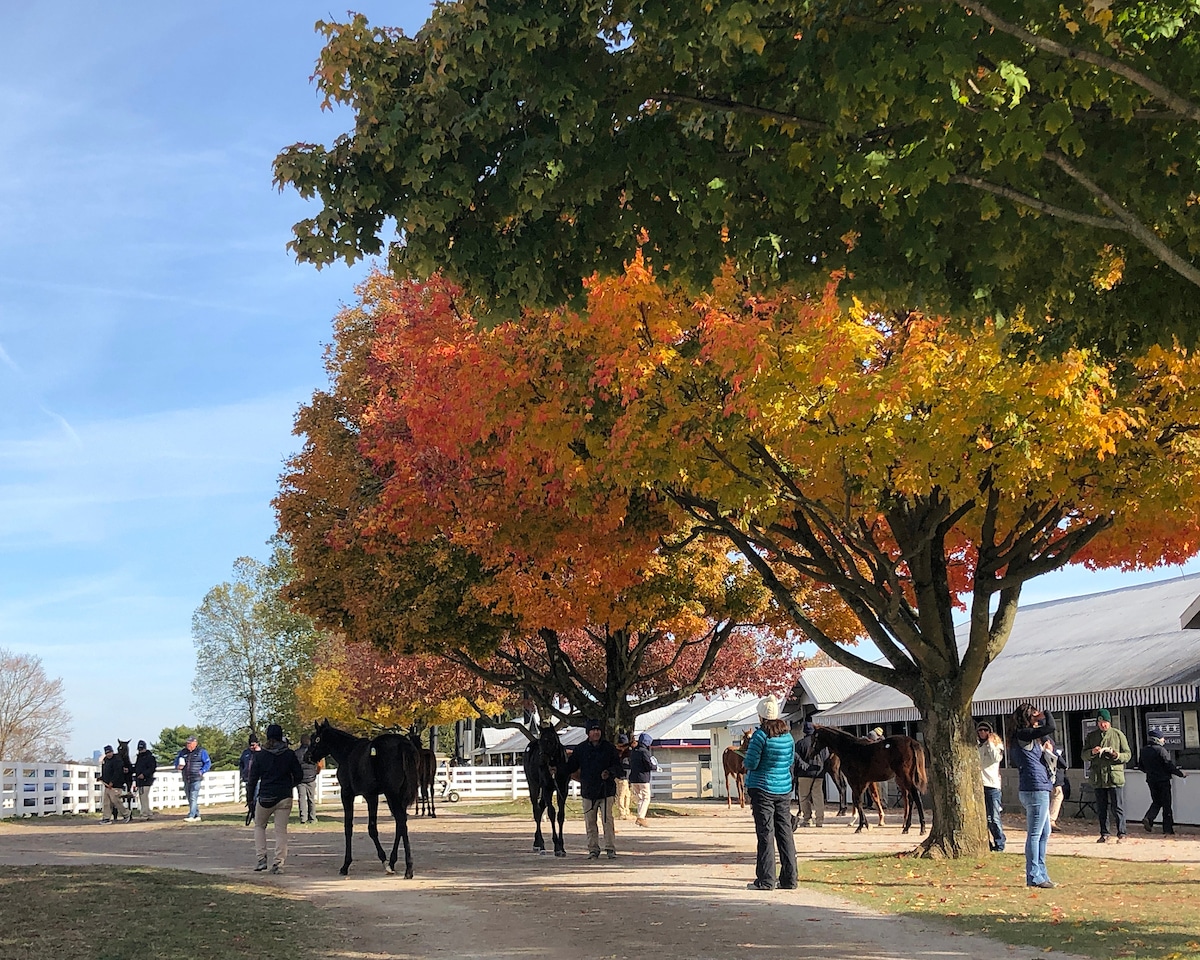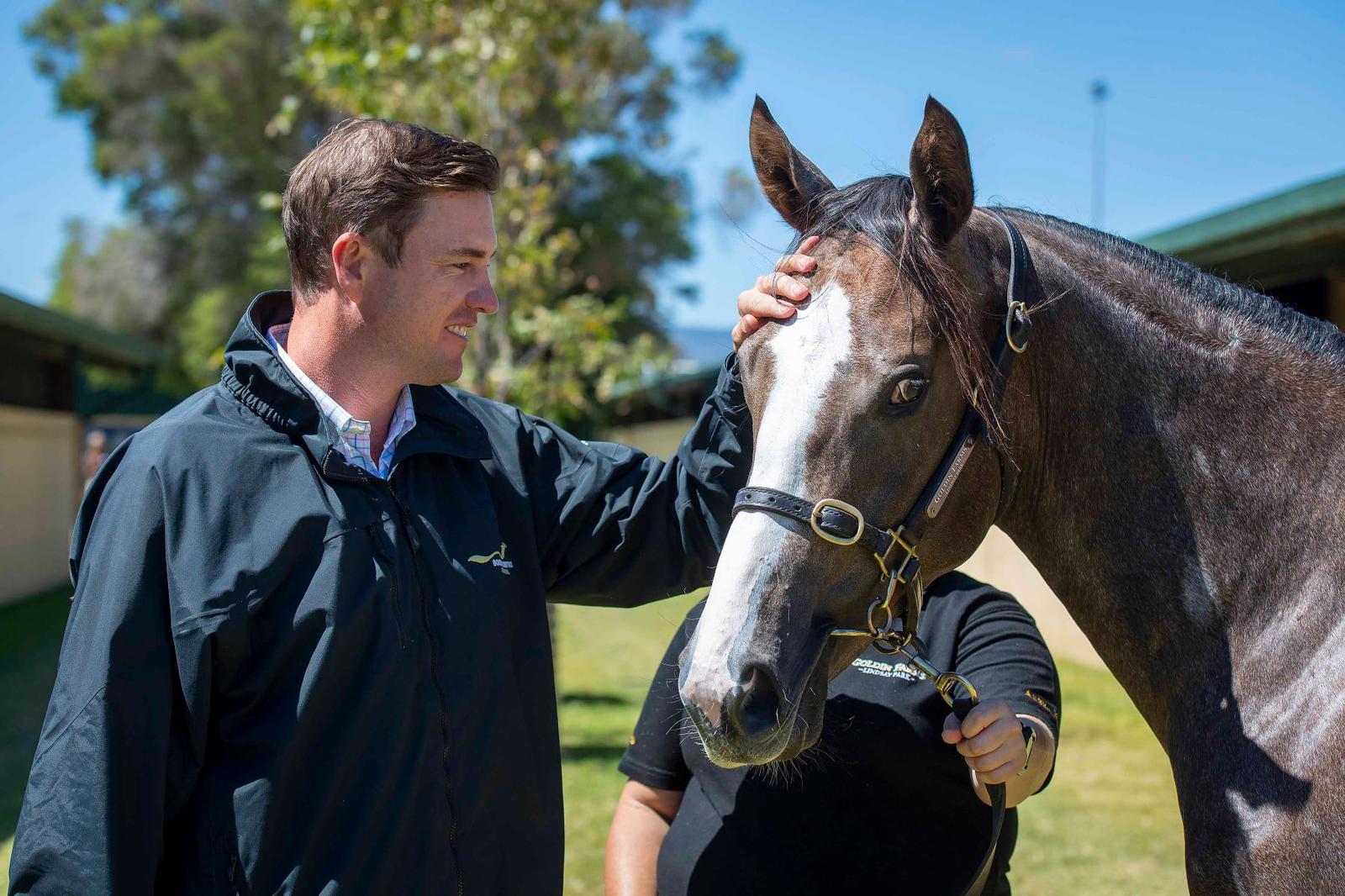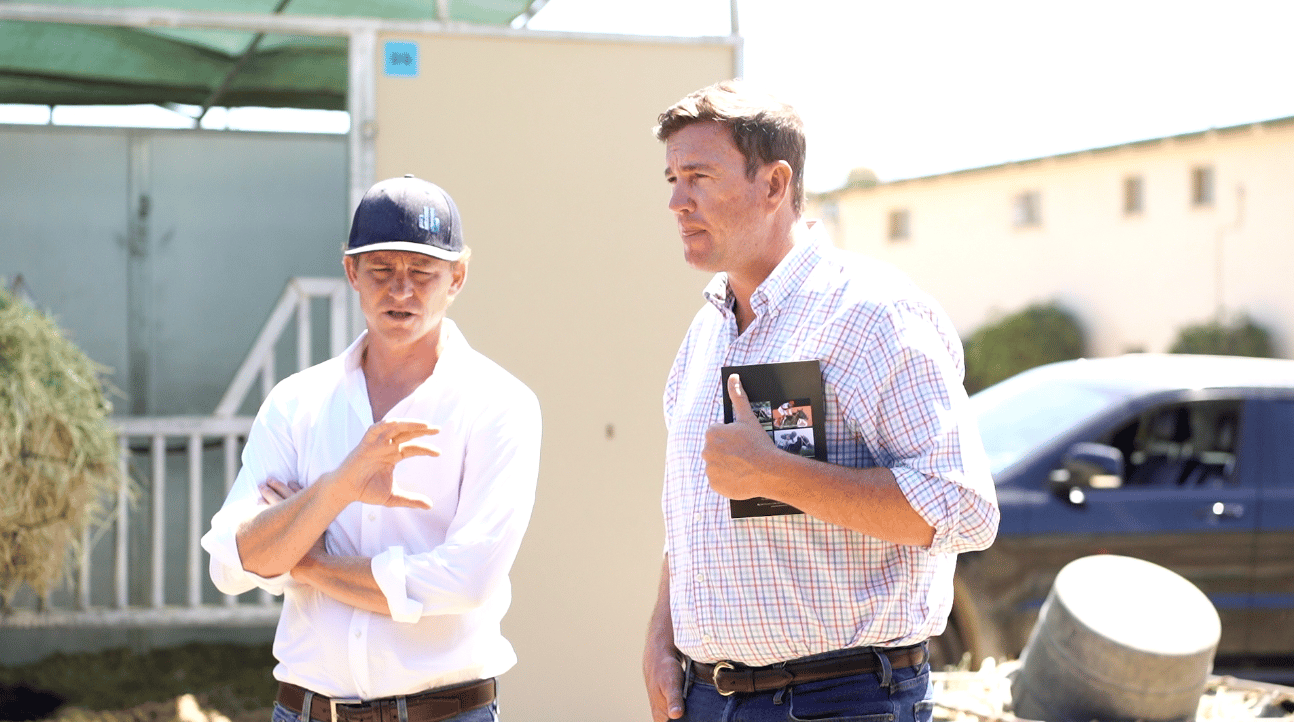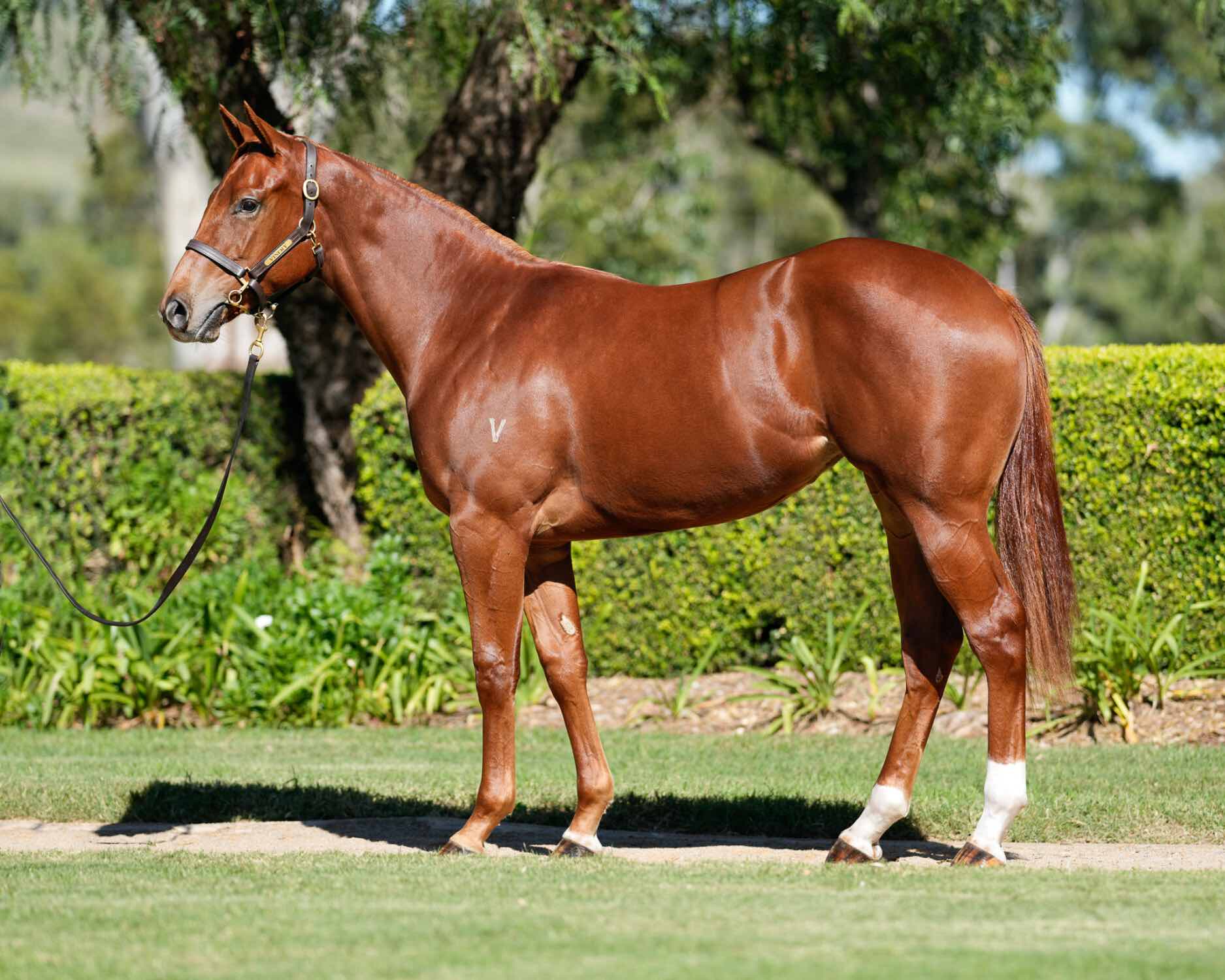- Given the amount of weight and force carried through them, a horse’s knees are among their most important structures.
- Ideally, horses will be clean and flat through their knees.
- Issues resulting from bad knee conformation include bone issues, tendon issues and other soundness problems.
What to look for in a horse’s knees
The knees are one of the most important structures in the horse, given the amount of weight and force that is carried through them.
I am particularly hard on knee conformation and will be very strict on horses that are back at the knee, tied in knees, quite offset knees and rotated from their knees.
Ideally, I am looking for horses that are clean and flat through their knees. There are a number of issues that can result from bad knee conformation, such as bone issues like chipping, spurring or developing cysts, although another significant issue that can result from poor knee conformation are problems with a horse’s tendons.
Horses that are back at the knee are much more likely to have soundness issues in my experience. The weight of the animal is not loaded correctly through the limb, placing significant pressure on not only the knee itself but also the ligaments and tendons behind the knee.
Tied in knees are seen from the side view of the horse and this poor conformation places significantly more pressure on the tendons and restricts movement of the leg.
Offset knees are a poor conformational trait where the forearm and cannon bones do not line up directly. This can be in varying degrees and results in an uneven weight load through the knee. This usually results in splints appearing on the cannon bones and other bone issues with the knees themselves. Some horses that are lighter in condition can get away with this, although for larger horses it can be very difficult to keep them sound.
Rotation through the knees both varus and vulgus is an outward and inward deviation respectively of the knee itself. They both result in an uneven distribution of weight through the knee.









